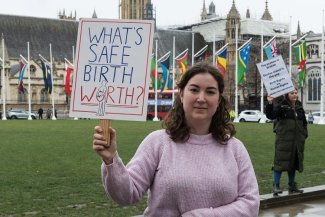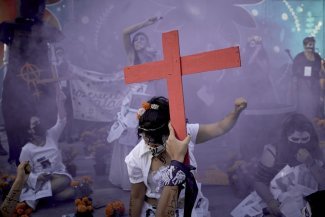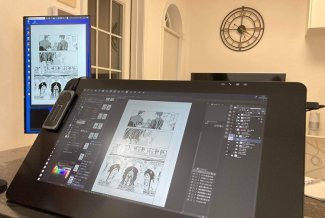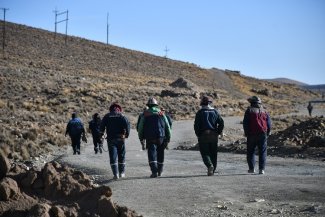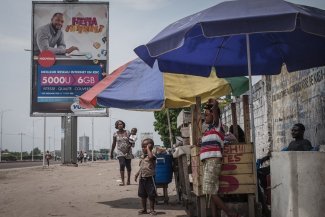Amidst the confusion – widely covered by the media – following the results of the referendum on Sunday 2 October, citizen action has taken over from political inaction in Colombia, and people are mobilising in ever-growing numbers.
Youth assemblies have been convened and thousands of people have come out to demonstrate. They are all calling for peace without exception and without delay.
Dozens of tents have been pitched on Bolívar Square in Bogotá (an emblematic site for public protests), as part of a ‘permanent peace camp’ that intends to remain there until a definitive agreement is approved.
Colombia has not seen such public unrest since 1991, when the Séptima Papeleta (seventh ballot paper) movement gave rise to the Constituent Assembly.
No real solution has been proposed following the referendum, in spite of the unprecedented meetings, the endless power games, the updating of the opposition’s manipulations, the joint statement released by the government and the FARC – emphasising that the agreement’s humanitarian achievements as well as the ceasefire will be maintained during renewed talks, and a Nobel Peace Prize giving President Juan Manuel Santos some room for manoeuvre.
On Monday 10 October, the opposition’s unsurprising proposals were finally made public. They include their rejection of the key aspects of the agreement on transitional justice - central to the Havana peace accords –such as the Special Peace Jurisdiction, which provides for alternative sentences and would have the authority to try civilians, members of the state armed forces and guerrilla fighters from the FARC.
Some are considering legal appeals, others are already thinking of holding a fresh vote in La Guajira and the Caribbean coast region where Hurricane Matthew seriously hindered voting, whilst others are calling for a repeat of the vote based on allegations of electoral fraud (due to the machinations of the “No” campaign), or backing the alternative proposed by the former head of the Constitutional Court, Eduardo Cifuentes, that is, a “cabildo abierto “ (a People’s Assembly).
But the safest option – despite their complexity – seems to be the political negotiations currently underway between the government and the opposition.
Even the business sector has come together to publish a joint letter signed by 400 Colombian leaders of industry, demanding that a “Pact for Peace” be set in motion without delay.
Meanwhile, delegations representing indigenous peoples, campesinos and victims are starting to reach Bogotá. Some 3000 victims of the conflict and 7000 indigenous representatives were expected. A mass Flower March convened by youth organisations within universities, the victims’ group Unidad para las Victimas and the national indigenous organisation ONIC, took place on 13 October to welcome them to the streets of the capital.
In Colombia, where civil society has traditionally been under threat, stigmatised and has no real grip amongst young people, the collective mourning has unleashed a crucial reaction: a short circuit in the general anaesthesia of an entire generation, which is starting to see that it cannot sit back with folded arms and wait for others to decide its future.
If this awakening were to last, if these mobilisations gave rise to concrete proposals, it would be the start of a new era. A shift from “political correctness” to “political activism”.
Together, they could heal the open wound left not only by the armed conflict but also by the general lack of interest and fear or contempt for “political” affairs, which indirectly allow such situations to continue.
“Take a circle, caress it, and it will become vicious,” said Ionesco. The only way out of the circle is to break it. And this is the perfect opportunity to turn pain and lack of understanding into a force for change, both political and social.



